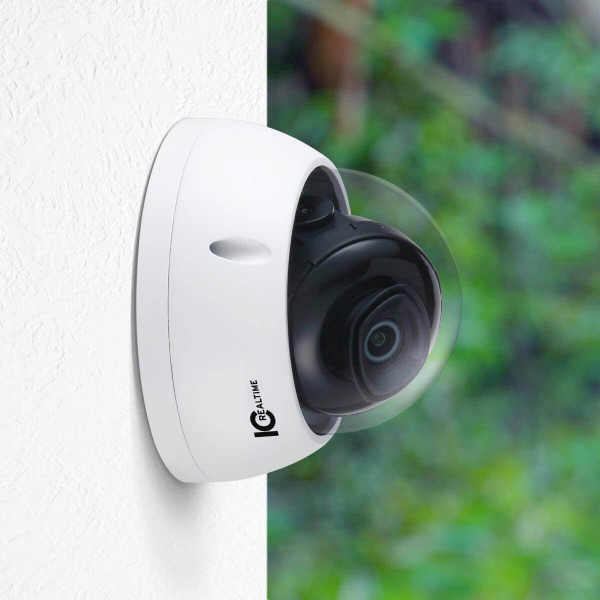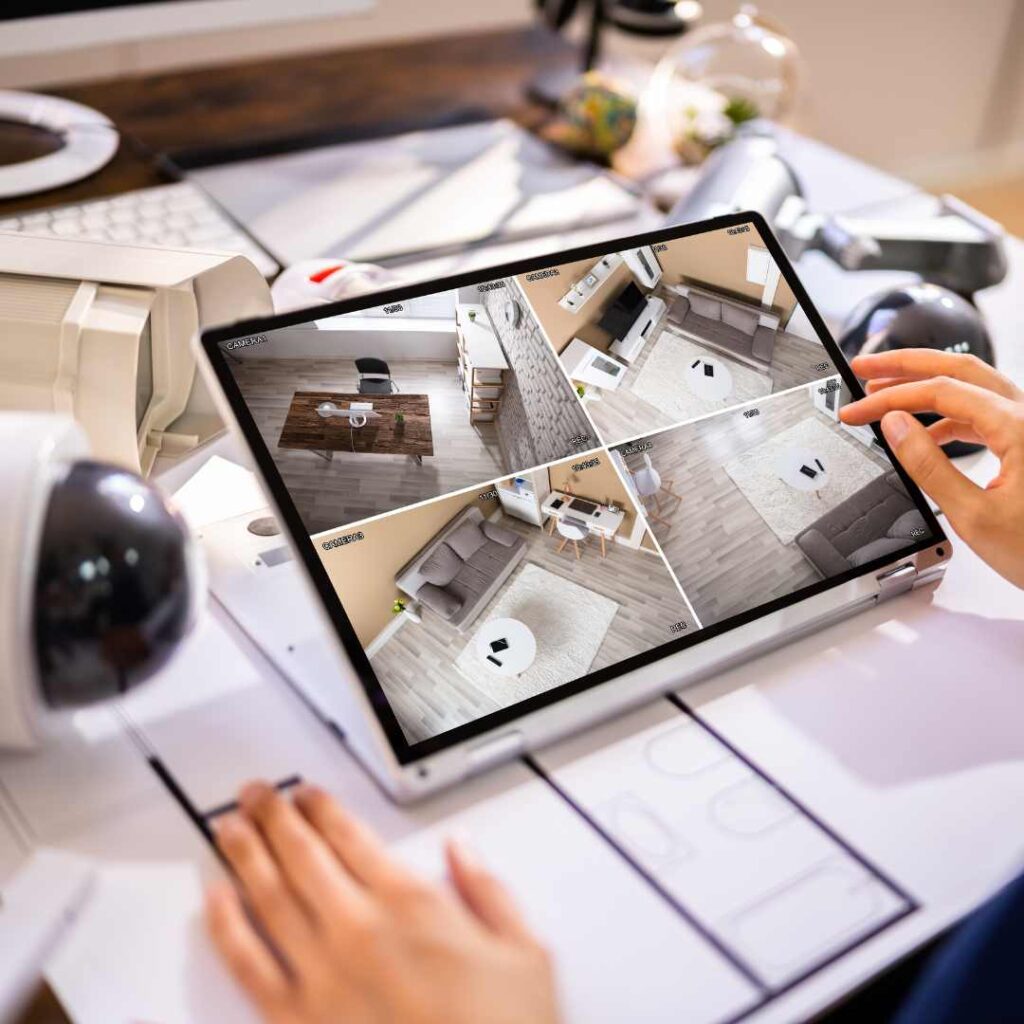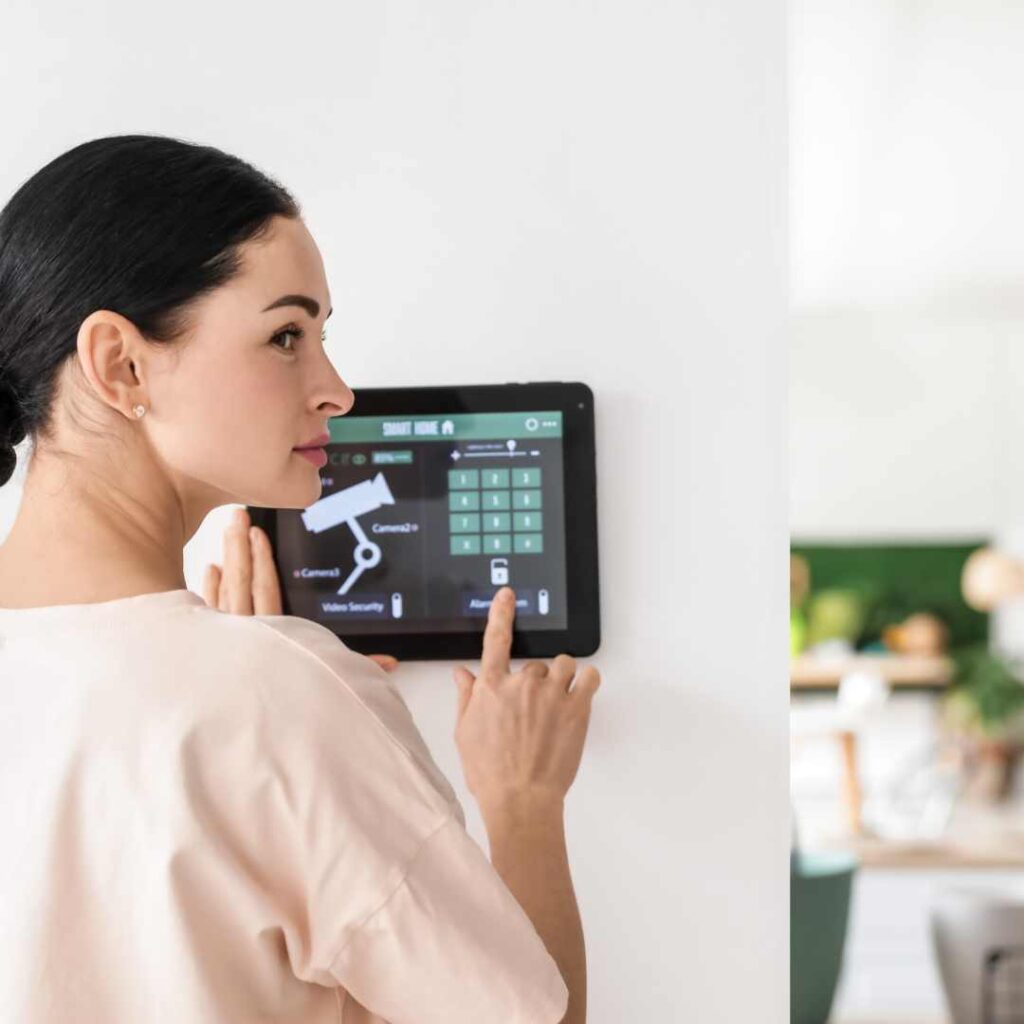Understanding the meaning of surveillance in the context of home automation
Surveillance, in the context of home automation, refers to the use of cameras and monitoring systems to observe and record activities in and around a home. These systems can be connected to various home automation devices, allowing homeowners to remotely monitor their property and enhance their security measures. By integrating surveillance into a home automation system, individuals can have peace of mind knowing that their homes are being monitored and protected 24/7.




